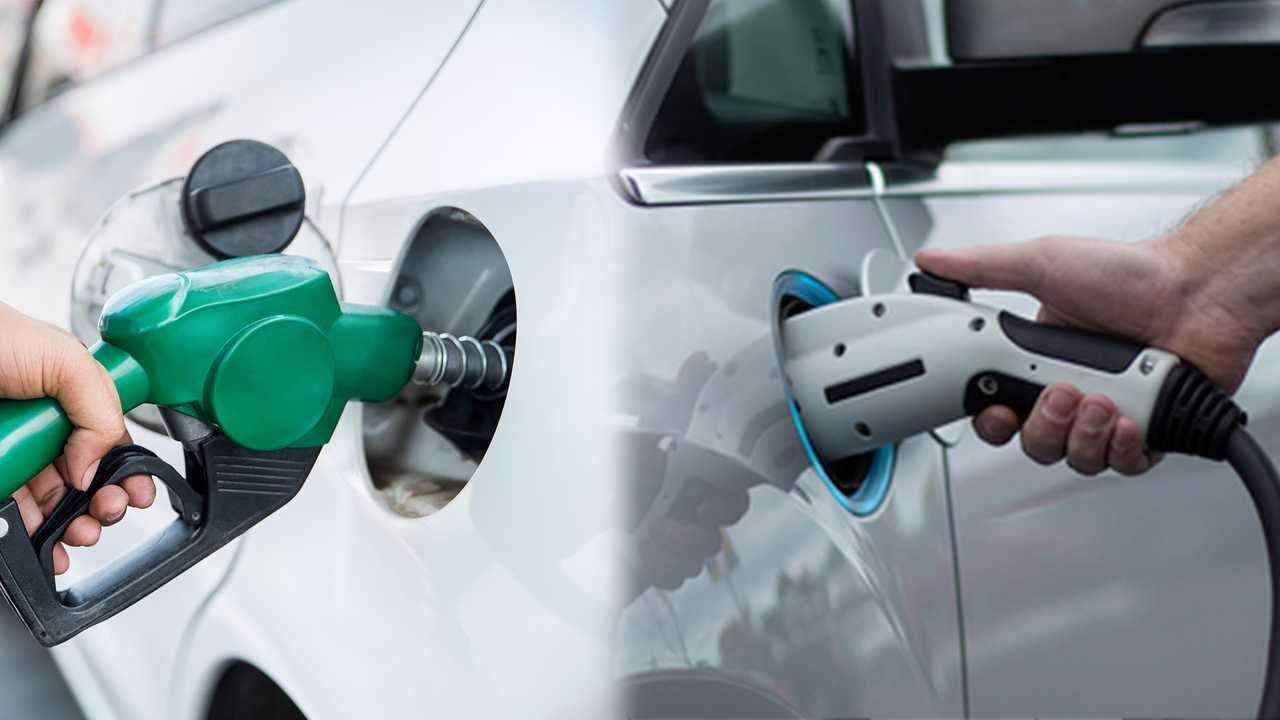Electric vs thermal: an alternative point of view

We constantly read about everything and more on the subject of vehicle pollution and on the sustainability or otherwise of electric vehicles and, as my habit, I took the trouble to make two calculations starting from an argument that I share with you.
First of all, all the information (or almost) focuses on the co2 as the main culprit of the environmental disaster we are slowly facing; in part it is true, it is one of the greenhouse gases to be kept under control as much as possible.
And of course it is not only emitted by vehicles on the road, but also by industries, agriculture, waste, etc.
But let's focus on the vehicles and the fleet in circulation in Italy.
When it comes to "eliminating" harmful emissions, it must be borne in mind that when a vehicle with a thermal engine is exhausted, something else also comes out, from NOx to CO to unburned hydrocarbons, passing through PM, the fine particles responsible for the increase in diseases respiratory system, obviously together with CO2 and water vapor.
If it is true that carbon dioxide is produced to produce the vehicle and batteries of an EV, as well as to produce electricity etc, it is equally true that once in circulation the exhaust emissions of these vehicles are non-existent, and therefore do not contribute, especially in inhabited areas. , to pollute with the substances mentioned above.
I am not talking about global sustainability, nor of CO2 equivalent in the life cycle or something like that, because the subject is so vast that it would take too long to deal with, and that's not the purpose of this paper of mine.
I would like to focus simply on everything that we breathe every day and that we could avoid breathing.
Also adding that all the oxygen burned in the combustion of engines every day is all oxygen subtracted from life. We are fortunate that we currently have enough but this aspect is (also) underestimated.
I give you some data, as food for thought.
A modern diesel truck or bus, for every minute of ignition at idle, uses as much oxygen (not air, but oxygen!) For combustion as would be needed by 1,42 children (infants and tender age) PER DAY. One minute, 1 child and a half!
In diesel cars, on the other hand, it takes 3/4 minutes for the same result, I would say excellent, right?
In the minute or three mentioned above, we produce “only” 0,133 kg of CO2 which, I remember, is produced by combustion to the extent of 2,650 kg for each liter of diesel fuel burned.
Changing fuel improves or worsens, depending on the fuel itself, but it is always produced if there is combustion.
If we assumed three closed rooms with a heavy vehicle inside, a light vehicle with a combustion engine and one with an EV. all in operation, where would you accommodate a kindergarten for children?
Let's close our eyes on oxygen (as has always been done) and put CO aside for a moment2.
Taking as a reference the euro 6 standard, the most recent at the moment, this establishes the maximum possible emission of NOx, CO, HC and PM, as well as CO2 for which we have already made an argument above where it is clear that to reduce emissions (do not cancel them) it is necessary to consume as little fuel as possible, preferably fuel with low CO emissions2, and it's not diesel.
I took the trouble to go up http://www.opv.aci.it/WEBDMCircolante/ , very interesting for having statistical data on circulating in Italy which on average, speaking of cars, travels 11.200 km per year.
In Italy we have 39 and a half million cars in total divided between the various power supplies; I selected only the diesel cars (I did the math for each power supply anyway) and I assumed that they were all euro 6 (obviously not so!)
I took the reference parameters in g / km and g / l of the standard and applied them to the circulating vehicle, calculating for each parameter the emission of the Italian fleet on an average of 10 km and excluding the another 12 million vehiclesthe other categories (trucks, buses, motor vehicles, etc.) which actually increase the total pollution.
Obviously the bill is a mere estimate but it is indicative of what we breathe, IN TONS, every year ONLY from diesel-fueled cars assuming that they are all EURO 6 ..
Ready?
| NOx | 13.908,67 |
| HC | 15.647,26 |
| CO | 86.929,22 |
| CO2 | 30.407.839,41 |
| PM | 869,3 |
| total cars taken into consideration | 17.385.843 |
The calculation of CO2 was made assuming an average consumption on the entire vehicle of 15 km / l on 10.000 km traveled, then calculating g / l, while the rest on g / km.
Obviously these are theoretical numbers and only estimates. Not all the cars considered do 10.000 km / year. It was even half anyway ... ..
Now, regardless of any other consideration, I'd say that if we could save these pollutants in our lungs every year it wouldn't be a bad idea.
Good reflection!
electric cars, efficient driving, Electric coach academy, Electric, Eve Academy, green, pollution, sustainable mobility
